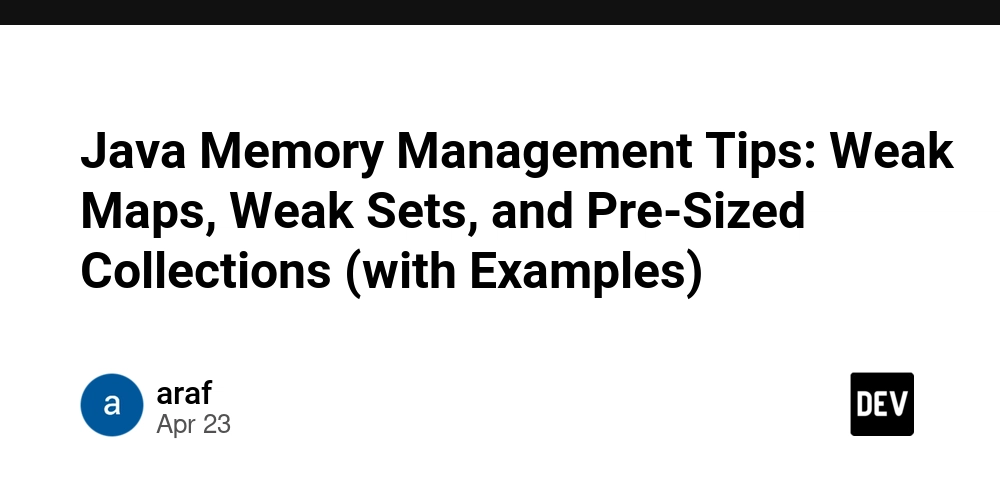Processing Large-Scale Data with Parquet Files: Pros and Cons
What is Parquet? Parquet is an open-source, columnar storage file format optimized for use with big data processing frameworks like Apache Spark, Hadoop, and AWS Athena. Unlike row-based formats (e.g., CSV, JSON), Parquet stores data by columns, which offers significant performance benefits for analytical queries. Pros of Using Parquet for Large-Scale Data Processing 1. High Compression & Reduced Storage Costs Parquet uses efficient column-wise compression (e.g., Snappy, Gzip), reducing file sizes significantly compared to row-based formats. Lower storage requirements translate to cost savings, especially in cloud environments (e.g., S3, BigQuery). 2. Faster Query Performance Since Parquet is columnar, queries reading only specific columns skip unnecessary data, improving performance. Works exceptionally well with OLAP (Online Analytical Processing) workloads. 3. Schema Evolution Support Parquet supports schema evolution, allowing you to add, remove, or modify columns without breaking existing pipelines. 4. Compatibility with Big Data Tools Works seamlessly with Spark, Hive, Presto, DuckDB, and Pandas (via PyArrow). Optimized for parallel processing in distributed systems. 5. Predicate Pushdown & Filtering Many query engines leverage predicate pushdown, filtering data at the storage level before loading it into memory. Cons of Using Parquet for Large-Scale Data Processing Slower Write Speeds Writing Parquet files is more expensive than row-based formats (e.g., CSV) due to compression and encoding. Not ideal for real-time streaming where low-latency writes are critical. Not Human-Readable Unlike JSON or CSV, Parquet files are binary-encoded, making manual inspection difficult without tools. Overhead for Small Datasets For small datasets, the benefits of columnar storage may not outweigh the overhead of compression and metadata. Limited Support for Nested Data in Some Tools While Parquet supports complex nested structures, some query engines struggle with deeply nested schemas. Requires Schema Awareness Unlike schema-less formats (e.g., JSON), Parquet requires schema definition, which can add complexity. When Should You Use Parquet? ✅ Best for: Large-scale analytical workloads (e.g., data lakes, data warehouses). Batch processing with Spark, Hive, or Athena. Cost-efficient storage in cloud environments. ❌ Avoid when: You need frequent row-level updates (consider Avro or Delta Lake instead). Working with small, frequently changing datasets. Real-time streaming with low-latency requirements. Conclusion Parquet is a powerful format for big data analytics, offering compression, speed, and compatibility with modern data tools. However, it may not be the best choice for real-time or small-scale use cases. By understanding its strengths and limitations, you can make an informed decision on whether Parquet fits your data processing needs. Have you used Parquet in your projects? Share your experiences in the comments!

What is Parquet?
Parquet is an open-source, columnar storage file format optimized for use with big data processing frameworks like Apache Spark, Hadoop, and AWS Athena. Unlike row-based formats (e.g., CSV, JSON), Parquet stores data by columns, which offers significant performance benefits for analytical queries.
Pros of Using Parquet for Large-Scale Data Processing
1. High Compression & Reduced Storage Costs
Parquet uses efficient column-wise compression (e.g., Snappy, Gzip), reducing file sizes significantly compared to row-based formats.
Lower storage requirements translate to cost savings, especially in cloud environments (e.g., S3, BigQuery).
2. Faster Query Performance
Since Parquet is columnar, queries reading only specific columns skip unnecessary data, improving performance.
Works exceptionally well with OLAP (Online Analytical Processing) workloads.
3. Schema Evolution Support
Parquet supports schema evolution, allowing you to add, remove, or modify columns without breaking existing pipelines.
4. Compatibility with Big Data Tools
Works seamlessly with Spark, Hive, Presto, DuckDB, and Pandas (via PyArrow).
Optimized for parallel processing in distributed systems.
5. Predicate Pushdown & Filtering
Many query engines leverage predicate pushdown, filtering data at the storage level before loading it into memory.
Cons of Using Parquet for Large-Scale Data Processing
-
Slower Write Speeds
Writing Parquet files is more expensive than row-based formats (e.g., CSV) due to compression and encoding.
Not ideal for real-time streaming where low-latency writes are critical.
-
Not Human-Readable
Unlike JSON or CSV, Parquet files are binary-encoded, making manual inspection difficult without tools.
-
Overhead for Small Datasets
For small datasets, the benefits of columnar storage may not outweigh the overhead of compression and metadata.
-
Limited Support for Nested Data in Some Tools
While Parquet supports complex nested structures, some query engines struggle with deeply nested schemas.
-
Requires Schema Awareness
Unlike schema-less formats (e.g., JSON), Parquet requires schema definition, which can add complexity.
When Should You Use Parquet?
✅ Best for:
Large-scale analytical workloads (e.g., data lakes, data warehouses).
Batch processing with Spark, Hive, or Athena.
Cost-efficient storage in cloud environments.
❌ Avoid when:
You need frequent row-level updates (consider Avro or Delta Lake instead).
Working with small, frequently changing datasets.
Real-time streaming with low-latency requirements.
Conclusion
Parquet is a powerful format for big data analytics, offering compression, speed, and compatibility with modern data tools. However, it may not be the best choice for real-time or small-scale use cases.
By understanding its strengths and limitations, you can make an informed decision on whether Parquet fits your data processing needs.
Have you used Parquet in your projects? Share your experiences in the comments!








































































